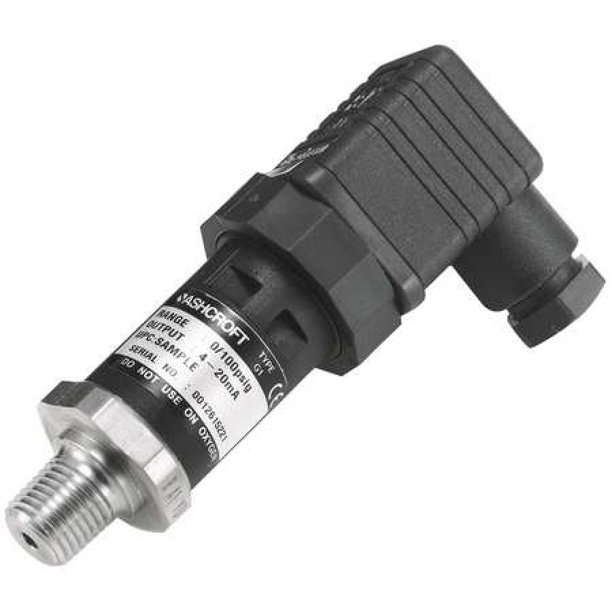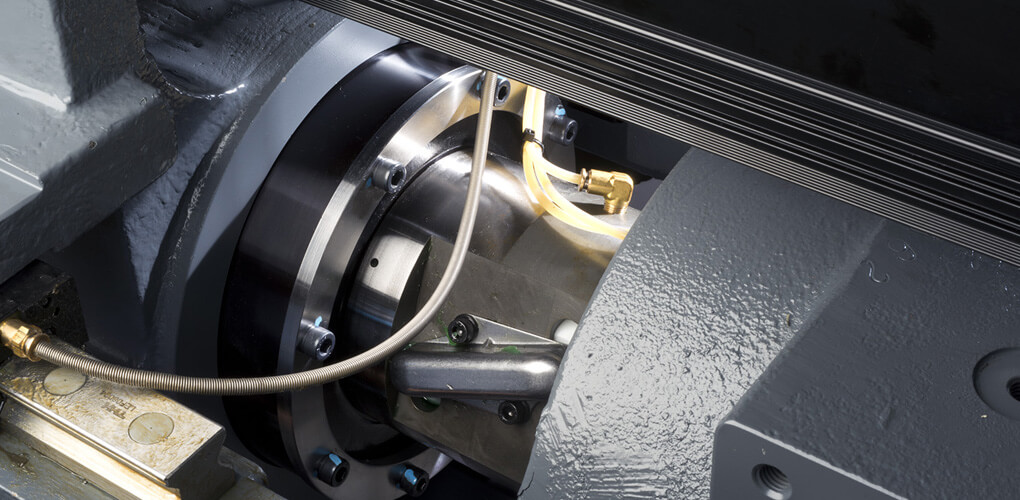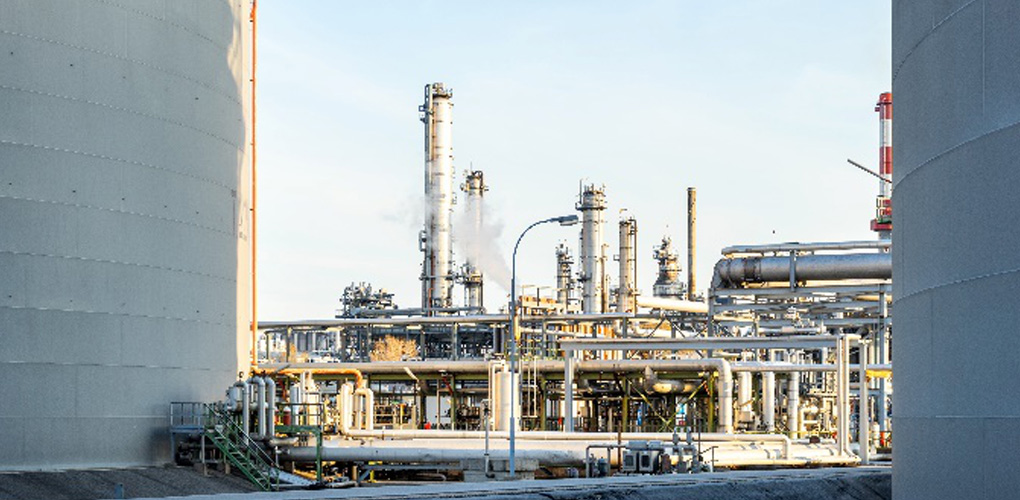What is the function of water tank pressure transmitter?
The water tank pressure transmitter is a compact measuring instrument. Similarly, it contains an ultrasonic generator and an electronic module. When using transmitters, level meters transmit a series of ultrasonic waves that propagate to the level surface.

The water tank pressure transmitter recovers the reflected ultrasonic waves. These process in the electronics module. Based on the time it takes the individual pulses to propagate to the level and vice versa.
For what purpose we use water tank pressure transmitter?
The pressure transmitter is suitable for:
- continuous non-contact liquid concentration measurement (water, wastewater, etc.)
- Moreover, crushing and gluing of materials closed or open vessels
- Similarly, reservoirs and open channels
In the case of mass measurement of solid materials, the measuring range is reduced.
All devices are common by the 2 buttons or by the magnetic pen located on the upper part of the sensor. The water tank pressure transmitter comes with optical status (STATE) and with process setting (MENU).
Level meters can output current or voltage signals. They are produced in model versions for non-explosive (N) and hazardous (Xi) zones.
How to install the ultrasonic water tank pressure transmitter?
Level gauges fit to the top cap of the vessel (vessel), using a nut or flange. If installing in an open channel (tank, reservoir, etc.), install the pressure transmitter as close to you as possible for maximum desired level.

The front of the level gauge should run parallel to the level we measure. The emitted acoustic signals must be there without any damage by close objects:
- Hardeners
- Ladders
- Mixers
- unevenness
- full flow, air flow, etc.
Foam at this level will absorb reflections of sound waves that can cause failure of the level meter.
If possible, choose a location with the lowest possible foaming potential. Protect water tank pressure transmitter from direct sunlight. In case of uncertainty we recommend consulting the application with the manufacturer.
How to calibrate water tank pressure transmitter?
With the way of calibrating directly on the sensor has the highest accuracy, according to the height of the liquid inside the container.
First, we set the value to zero when the container is not full with liquid. Moreover, it is equivalent to 0% by having the sensor shoot a beam from the sensor to the bottom of the container.
Some notes when installing water pressure transmitter
ULM pressure transmitter with a type G cable connected to the processing units. Furthermore, it comes by a cable with an outside diameter of 6 to 8mm via an ISO connector Removable internal screw terminals, as part of delivery. IP67 non-removable connector with 5m PVC cable is easy to supply as an extra option.
The water tank pressure transmitter with a type C connector cable connects to the processing units by a cable. Moreover, it comes with an outside diameter of 4 to 6 mm. Furthermore, this connects to a molded cord or via a detachable extension socket without cables.
Currently, accumulators are common very commonly in booster pump systems with the effect of stabilizing water pressure and ensuring that the output water supply is strong enough to supply water to households, apartment buildings, etc. Let's learn about this product line together below
What is a pressure transmitter?
A pressure transmitter is a pressure-containing device with a volume of gas or water common to regulate energy, through pressure and working quality for hydraulic transmission systems, systems.
Pressure accumulators are common for many different purposes but still based on the general principle: to store pressure and use when needed.
Why is a pressure transmitter required for a water pump system?
The principle of operation of the accumulator using a hydraulic transmission system is to regulate energy. Moreover, it should go through the water tank pressure transmitter and flow of the working fluid. Because of this, it helps to prevent the pump from drying out when it runs out of water.
For high-rise buildings, bringing water from the bottom to the top is very difficult. Installing an accumulator will help increase the water pressure in the pipeline to prevent the pipe from breaking when the pressure is too great or when the pump is weak.
It can push water up to supply domestic water to users. In addition, accumulators are also common in fire protection systems or in households, to help the pump operate stably and increase the life of the pump.
What is the composition of water tank pressure transmitter?
Water tank pressure transmitter introduction to the materials that make up the pressure transmitter intestines the pressure transmitter comes of two parts: the tank shell and the inner tank. Furthermore, this depends on the size of the tank. Similarly, the accumulator intestines have different sizes.
Furthermore, all cylinders come with design in oval shape and attaches directly to the flange. The inner tank is the most important part of the accumulator. And it is also the most easily damaged part, you need to pay more attention than other parts.
Why EPDM is considered important for water tank pressure transmitter?
Current technology has manufactured water tank pressure transmitter r intestines from EPDM (Ethylene propylene). This is a type of synthetic rubber with high durability. Similarly, it includes very good stability and resistance to the effects of the surrounding environment. Besides it also has high resilience, because it is synthesized made from propylene and ethylene monomers.
What is the function of water tank pressure transmitter?
The accumulator has many different functions, including:
- Stabilizes hydraulic system pressure, helps increase life and protects the pump from technical problems, possible breakdowns, minimizes the occurrence of hydraulic shocks when disconnecting the load.
- Regulates energy through pressure and fluid flow.
- As the source of supply and guarantee for the operation of the hydraulic system's water pump system.
- Accumulate hydraulic energy and create a balance between the load of the system and the force generated.
- In case the pump works poorly, lower than the standard, the accumulator will supplement the leak and the flow of the liquid through.
- Reduce the amount of foam generated by the pump, which helps to prevent hydraulic assemblies, reduce vibration and increase the life of the pump.
What is the role of charging and discharging in water tank pressure transmitter?
Water tank pressure transmitter operates based on two basic processes that are charging and discharging.
In the first cycle, when the pipeline reduces pressure on the impact pipe, the pump contact point will operate from the pump's discharge nozzle running through the open one-way valve pipeline. The water source will push out of the pipe.












